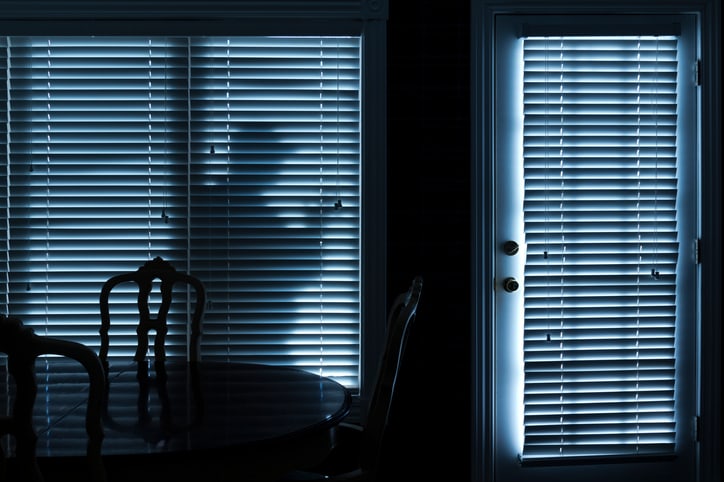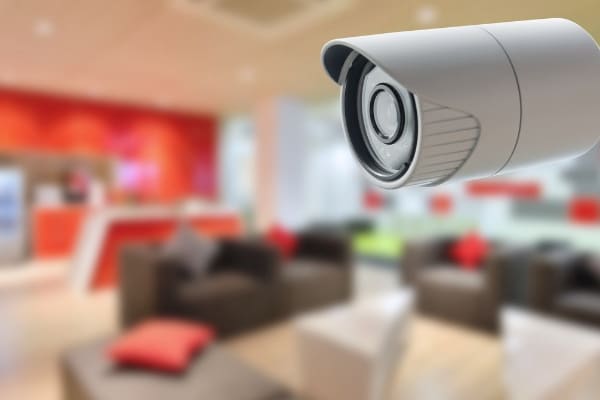Ghaziabad most polluted, evening fireworks drive up index
Sharmila Bhowmick and Abhijay Jha | TNN | Oct 21, 2017, 07:19 IST People burst firecrackers on Diwali in Noida.
People burst firecrackers on Diwali in Noida.
NOIDA/GHAZIABAD: Pollution levels in Noida and Ghaziabad soared to the 'severe' range the morning after Diwali, though air quality was a notch better than last year because of the curbs on firecrackers. Ghaziabad was the most polluted city in NCR, according to Central Pollution Control Board data.
But SAFAR, another government monitoring agency that measures air pollution which reported Noida's pollution figures, showed figures that were higher in the city than neighbouring Ghaziabad's.
A comparison wasn't possible because SAFAR does not measure pollution in Ghaziabad and CPCB does not monitor air quality in Noida.
According to the CPCB, the index for PM2.5 in Ghaziabad was the highest among the four major NCR cities (412 g/m³). The same index for Noida on Friday, according to SAFAR's data, was 448 g/m³. The safe level for PM2.5 is 60 g/m³. Last year, this number for Noida was 575.
"On Diwali day, PM2.5 in Ghaziabad saw a steep rise. PM2.5 level from 7pm to 7.45pm was recorded at 225 g/m³ but after that it peaked to 361 g/m³ and again shot up to 789 g/m³ from 8.45pm onwards. By 9.45pm, it reached 953g/m³," said Sapna, an official of the district pollution board.
"The trend is suggestive of the fact that by 7pm, people had started bursting firecrackers which led to spike in PM10 and PM2.5 level drastically," she added. "Even though PM10 and PM2.5 remained high, if we compare with last year's data, it was less. The difference was due to the Supreme Court ban on sale of firecrackers."
In Noida, the spike in pollution was due to cumulative effect of all kinds of pollution and not just crackers, claimed Uttar Pradesh Pollution Control Board (UPPCB) officials.
"Not many crackers were burst this time. Pollution was high even before Diwali because of a higher vehicular density on the roads those days. On Diwali, crackers were burst late in the evening. So the level of pollution can be attributed to several cumulative factors and not just crackers," said Deepa Arora, senior scientific officer at the regional office of UPPCB, Gautam Budh Nagar, said.
But SAFAR, another government monitoring agency that measures air pollution which reported Noida's pollution figures, showed figures that were higher in the city than neighbouring Ghaziabad's.
A comparison wasn't possible because SAFAR does not measure pollution in Ghaziabad and CPCB does not monitor air quality in Noida.
According to the CPCB, the index for PM2.5 in Ghaziabad was the highest among the four major NCR cities (412 g/m³). The same index for Noida on Friday, according to SAFAR's data, was 448 g/m³. The safe level for PM2.5 is 60 g/m³. Last year, this number for Noida was 575.
"On Diwali day, PM2.5 in Ghaziabad saw a steep rise. PM2.5 level from 7pm to 7.45pm was recorded at 225 g/m³ but after that it peaked to 361 g/m³ and again shot up to 789 g/m³ from 8.45pm onwards. By 9.45pm, it reached 953g/m³," said Sapna, an official of the district pollution board.
"The trend is suggestive of the fact that by 7pm, people had started bursting firecrackers which led to spike in PM10 and PM2.5 level drastically," she added. "Even though PM10 and PM2.5 remained high, if we compare with last year's data, it was less. The difference was due to the Supreme Court ban on sale of firecrackers."
In Noida, the spike in pollution was due to cumulative effect of all kinds of pollution and not just crackers, claimed Uttar Pradesh Pollution Control Board (UPPCB) officials.
"Not many crackers were burst this time. Pollution was high even before Diwali because of a higher vehicular density on the roads those days. On Diwali, crackers were burst late in the evening. So the level of pollution can be attributed to several cumulative factors and not just crackers," said Deepa Arora, senior scientific officer at the regional office of UPPCB, Gautam Budh Nagar, said.
Get latest news & live updates on the go on your pc with News App. Download The Times of India news app for your device.












































All Comments ()+^ Back to Top
Refrain from posting comments that are obscene, defamatory or inflammatory, and do not indulge in personal attacks, name calling or inciting hatred against any community. Help us delete comments that do not follow these guidelines by marking them offensive. Let's work together to keep the conversation civil.
HIDE